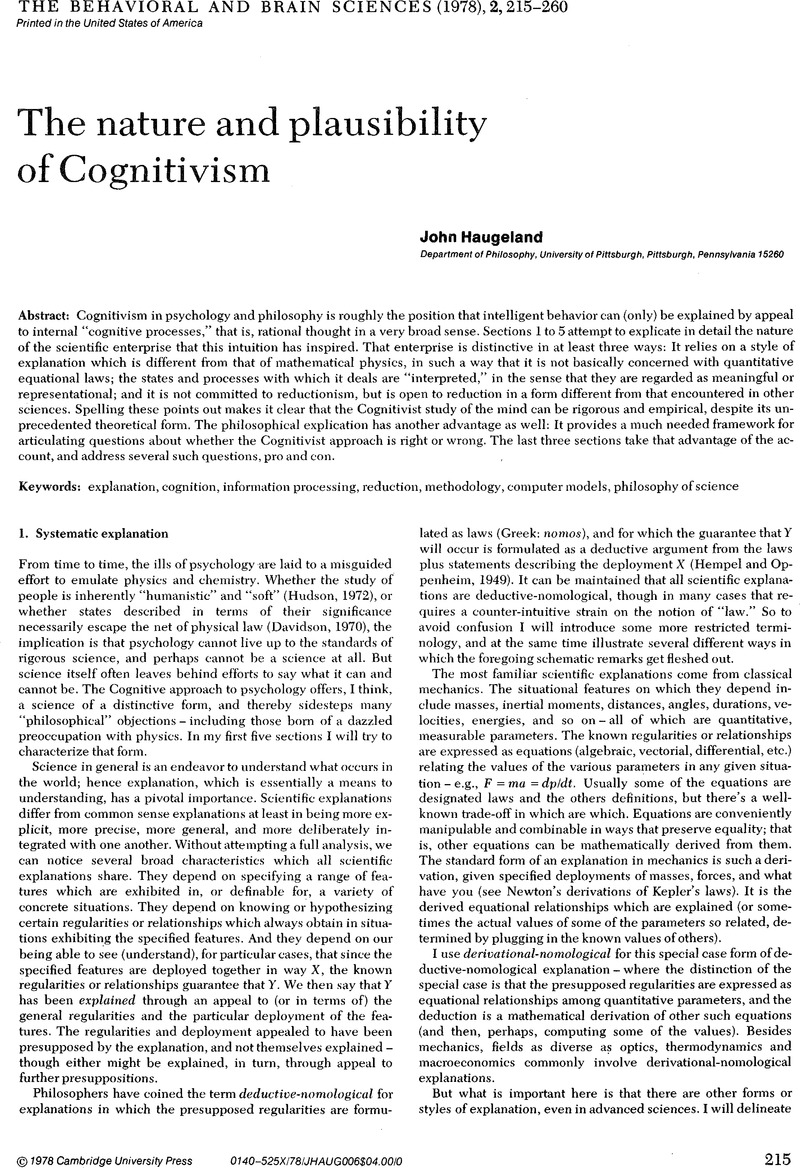Crossref Citations
This article has been cited by the following publications. This list is generated based on data provided by Crossref.
Chronicle, Edward P.
MacGregor, James N.
and
Ormerod, Thomas C.
2004.
What Makes an Insight Problem? The Roles of Heuristics, Goal Conception, and Solution Recoding in Knowledge-Lean Problems..
Journal of Experimental Psychology: Learning, Memory, and Cognition,
Vol. 30,
Issue. 1,
p.
14.
Kershaw, Trina C.
and
Ohlsson, Stellan
2004.
Multiple Causes of Difficulty in Insight: The Case of the Nine-Dot Problem..
Journal of Experimental Psychology: Learning, Memory, and Cognition,
Vol. 30,
Issue. 1,
p.
3.





